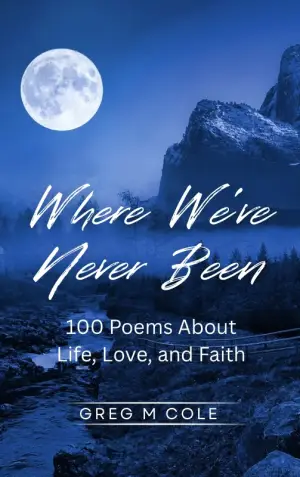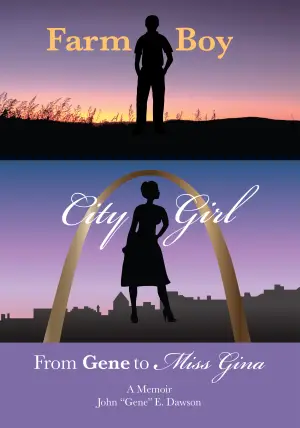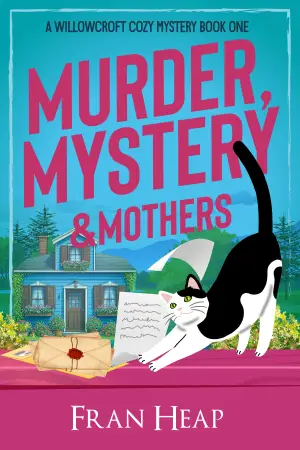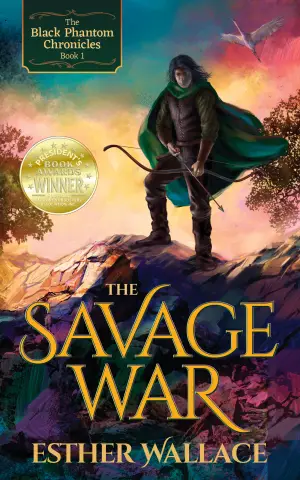Book Review: The Things We Water by Mariana Zapata
When I first heard that Mariana Zapata, the beloved queen of slow-burn romance, was making a genre leap into fantasy, my excitement was palpable. After a three-year hiatus, I had envisioned a return filled with rich storytelling, emotional depth, and intricate world-building. Her previous works, like Kulti and Wait For It, are etched in my heart as safe havens. I was ready to dive into her new realm of magic and wonder, only to find myself swimming against a tide of disappointment.
The premise of The Things We Water sparked my interest right away: Nina, a thirty-something woman, stumbles upon a magical puppy, leading her into a secret ranch brimming with fantastical creatures and quirky characters. On paper, this sounds delightful—a blend of cozy fantasy and a pinch of romance. However, the execution fell woefully short, creating a narrative that felt chaotic and disjointed.
From the outset, the characters felt like a whirlwind of personalities thrown at me without context or substance. Nina, our protagonist, was supposed to embody a relatable thirty-year-old woman, but her internal dialogue and interactions often felt juvenile. I cringed at her nonsensical pet nicknames, which did nothing to evoke warmth but instead highlighted a misguided attempt at quirkiness. The side characters? A flood of exaggerated traits that were more exhausting than endearing. It seemed as if Zapata was trying too hard to create memorable moments, but instead, I found myself skimming over names and quirks that blurred together in a chaotic tapestry.
As a fan of slow-burn romance—a hallmark of Zapata’s work—I was devastated to find that the nuanced tension I so cherished was glaringly absent. Rather than circling one another in a finely crafted dance of attraction, Nina and her love interest, Henri, seemed to dive headfirst into misplaced jealousy and possessiveness. The build-up of feelings felt irrelevant and uninspired, lacking the careful evolution that makes her romances so rewarding. By the time I reached the halfway point, any glimmers of hope for a transformative twist dissipated, leaving me reading more out of obligation than delight.
This book is an interesting endeavor, and I appreciate the exploration of different genres, but it didn’t resonate with me the way I had hoped. Maybe The Things We Water will find an audience that relishes in quirky characters and whimsical plots, but I was left feeling unmoored, yearning for the emotional crux that defines Zapata’s other narratives.
In closing, I believe fans of light, whimsical fantasy might discover something enjoyable here. Yet, if you’re drawn to emotionally resonant stories that weave the complexity of human connection with a slow-burn romance, you might find yourself as disappointed as I was. While I love to see authors experiment with genres, not every leap lands gracefully, and in this case, I felt like I was left adrift on an unsteady tide. Nevertheless, I remain hopeful—and eager—for what Zapata might bring us next.











